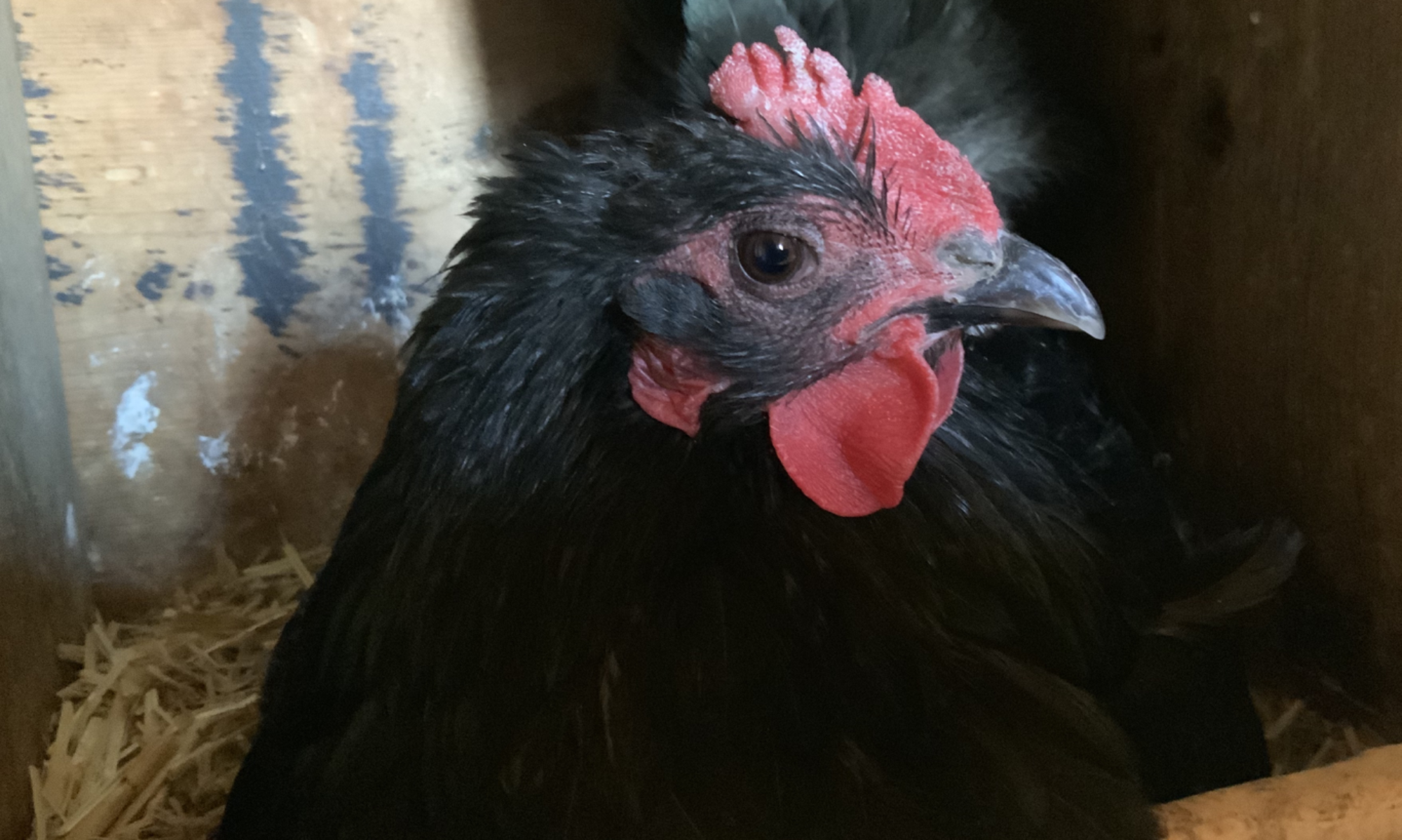Now that you have figured out whether or not you are getting baby chicks and when, it’s time to start thinking about and preparing for where you are going to keep them. You want to make sure that your chick quarters are conducive to their health and well-being. When we got our first batch of baby chicks twenty-some years ago, we got a plastic kiddie pool, put some sawdust in the bottom, pulled a chair up next to it that we could hook a heat lamp to and called it good. Surprisingly, all but one chick survived. The next attempt involved a cardboard box, and then we tried a round plastic tub that sat on top of the washing machine in the laundry room with the heat lamp hooked on to the cupboard door. That set up worked fine, except on laundry days. The point here being that any kind of container and set up that works for you and keeps your chickens safe and warm will be just fine, you don’t have to buy or build an expensive set up.

As I have gained experience, my chicken nurseries have evolved. For the first couple of weeks or so, I like to have the baby chicks in the house, where I can keep a good eye on them, handle them frequently and make sure that they are growing, acting and developing normally. Nowadays I use a clear plastic tub to house the little ones, with a heat lamp to ensure they keep warm. The ideal temperature of the environment for new chicks is 95 degrees for the first week, 90 degrees the second week. If a heat lamp bulb is too hot for your chicken nursery, try just a regular old-fashioned 40 or 60 watt light bulb in the heat lamp shade. This might give off just the right amount of heat. You can’t use the new LED bulbs as they don’t emit heat. It’s a good idea to keep a thermometer in the chick nursery so you can easily check the temp. If it’s too cold your babies will constantly cheep and huddle together. If it’s too warm you’ll see them move as far away from the heat source as they can get. If the temperature is just right you will notice a content group of baby chicks happily eating, dozing, and playing. You’ll soon come to recognize their happy chirp!

I have found that putting down a layer of newspaper for absorption in the bottom of the tub and then covering it with a layer of paper towels works great. It’s easy to clean up and replace the papers every morning and if they get incredibly dirty throughout the day, I can just add another layer of paper towels. The chicks don’t slip on the paper towels like they do on newspaper, they don’t get their feet caught like they can in cloth towels, the chicks are not encouraged to eat the paper towels like they might be wood shavings or straw and you can throw the used paper in the mulch pit.
I use the feeders with the holes in them and waters with the narrow trough. The feeders keep feed where it belongs instead of strung all over the tub and the narrow trough keeps the babies out of the water. Baby chicks are not waterproof and if they get wet, they will chill and possibly die. If a chick does get wet and chilled, try to dry them off quickly. A hair dryer on low works good. Don’t hold it too close, you don’t want to burn them.

I learned from Lisa Steele on Fresh Eggs Daily that a feather duster hung in the corner of your chick nursery provides a surrogate mama. You would not believe how much baby chicks love a feather duster! Whenever I would find I was a few chicks short, I could count on finding them under their surrogate mama. A feather duster will be the best investment you can make for your chicken nursery… besides the heat lamp.
After the first couple of days the chicks will become more active and they will need some things to keep them busy and active. I put a stick in their nursery, one big enough that they can climb on and roost. I also hang a dollar store mirror or two on the sides of the plastic walls. They love looking in the mirror, whether they think it’s themselves or some new friends, I’m not sure, but they seem to enjoy the mirrors.

I start my chicks out on a medicated chick starter. They also have non-medicated chick starter, but because of all the wild birds that invite themselves to hang out with my flock, I figure it’s a good idea to give my chicks a healthy start. I have never had any problems with the medicated feed and the survival rate of my chicks is excellent. The chick starter is ground up small enough that the chicks don’t need grit to digest their food. However, after about a week of being on strictly chick starter, I begin introducing other foods in small quantities such as oats, fruits and vegetables that have been chopped. They do make a grit formulated especially for chicks that I give them when introducing these new foods. The grit is essential to ensuring your little ones are able to properly digest this food.

If you are well prepared for your new arrivals, you will enjoy them all the more. If this is not your first time bringing home new chicks, what things have you done that have worked, or not worked? I’d love to hear about your experiences.

